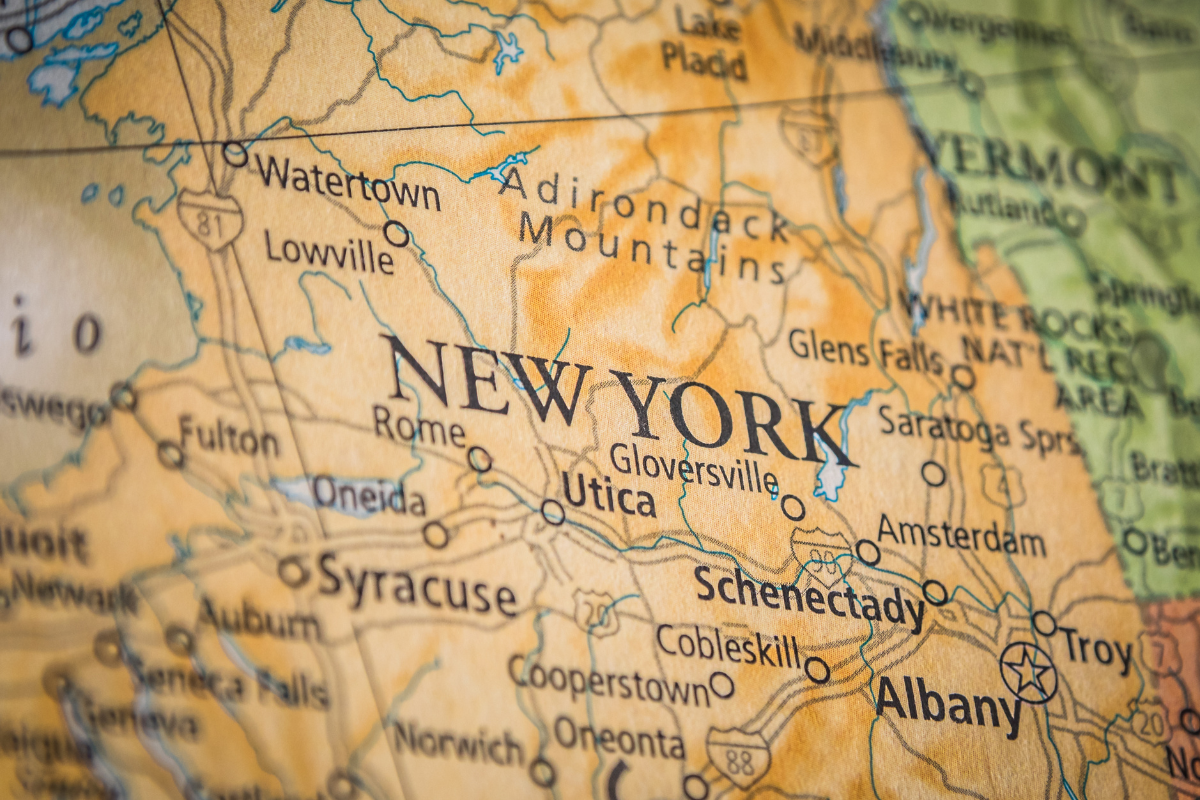
RRS compiled initial data on the collection and recycling system in the state, and of the 121 categories of data the report sought, 43 were available, 27 were partially available and 51 were currently unknown or not currently available. | BestStockFoto/Shutterstock
While New York has several efforts underway to gather more recycling data, significant gaps still remain and could complicate passage of an extended producer responsibility bill for paper and packaging, a recent analysis found.
The gap analysis is the first step toward a needs assessment and was commissioned by the New York State Center for Sustainable Materials Management. RRS carried out the work, which involved compiling initial data on the collection and recycling system and recommendations for closing gaps in data needed for the complete needs assessment.
“This project was undertaken in anticipation of potential enactment of an extended producer responsibility program for packaging and paper products,” the report stated, adding that “data gap analysis and a comprehensive statewide needs assessment are critical first steps needed to define the necessary actions to be taken under a new EPR for PPP program.”
EPR supporters in New York have been working to pass a law that covers paper and packaging for several years, and the June 6 legislative session deadline is nearing.
The report found plenty of gaps. Of the 121 categories of data the report sought, 43 were available, 27 were partially available and 51 were currently unknown or not currently available.
In particular, information on multifamily residential recycling programs outside of New York City and commercial and institutional recycling programs was lacking, as were details on MRF and composter operations and the drop-off recycling stream.
New York City is in the process of collecting and assessing all available recycling data, but it was not fully compiled and available for inclusion in the gap analysis, the report noted.
“To fill the data gaps and chart the course toward a modern, effective recycling system will require continued research and data gathering, supported by improved contracting and reporting systems,” the report stated, adding that New York “should build a more robust data reporting and tracking system,” which may require granting additional statutory or regulatory authority to New York Department of Environmental Conservation or local governments.
Even so, the initial report determined that 84% of municipal solid waste materials that are currently going to landfills State are recoverable and the remaining materials “cannot be readily recovered in today’s economy.”
Going deeper, about 39% of the current disposal stream is recoverable through MRFs and 31% is organics. Another 13% of the disposal stream includes items that could be recyclable via drop-off, such as plastic film, bulky plastics, scrap metal, textiles and electronics. The final 1% is deposit containers that did not go into the returnable container redemption system.
Of the 31% of the stream that is organics, food is 55%, which is about 2.89 million tons annually.
“While it is not feasible to capture for diversion all materials currently going to disposal, there is significant opportunity to divert more materials from the MSW disposal stream for recycling, composting and anaerobic digestion in today’s current recovery economy,” the report stated.
Looking at the materials handled in municipal recycling programs, paper represents an average of 65%, while plastic comes in at 15%. Glass is the next largest portion of the stream at 9%, followed by metals at 7%. The remaining percentage was not described in the report.
RRS also interviewed seven local governments, and three collectors and processors. Several operators said they would like to see an expansion of the bottle bill to include more glass items on deposit, the report noted.
Other feedback included a desire for consolidation of the types of plastic used by manufacturers; faster response times from the state; consistency in diversion rules, ordinances and laws; more support for end-market development, glass in particular; and support for more streamlined data collection.
“One recycling program interviewed believes that the state would be valuable in helping programs obtain more complete commercial data, as the state is in a better position to do this than local government,” the report noted. “Another recycling program suggested that the state could start requiring entities disposing above a certain quantity of waste to periodically conduct a waste characterization study.”
Processors voiced to RRS that they “want the state and New York State legislature to fully understand the current recycling systems and infrastructure in the State before passing an EPR policy.”
A version of this story appeared in Resource Recycling on May 20.

